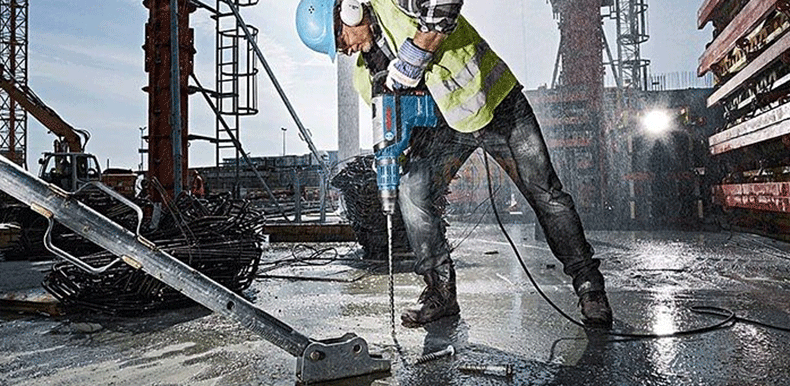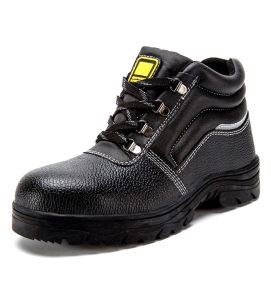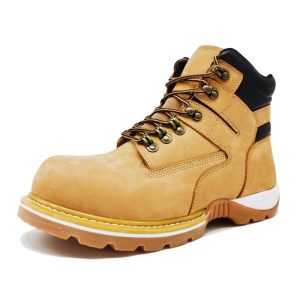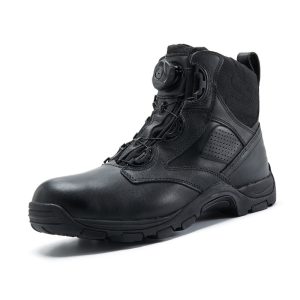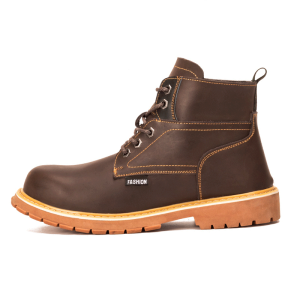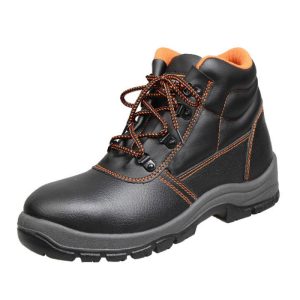The Significance of Waterproof Safety Shoes in Work Environments
Water exposure in various work environments necessitates adequate protection for the feet. Waterproof safety shoes are designed to create a reliable barrier against moisture, ensuring the comfort, safety, and well-being of workers. This article underscores the importance of waterproof safety shoes in different industries, highlighting their benefits and essential features as personal protective equipment.
Enhanced Protection against Water Hazards:
Work environments like construction sites, manufacturing plants, and outdoor workplaces often entail contact with water, liquids, or damp conditions. Waterproof safety shoes provide an added layer of safeguarding by preventing water penetration into the shoes. This prevents discomfort, blisters, and potential foot-related health issues while promoting optimal foot hygiene to reduce risks of fungal infections and skin conditions resulting from prolonged moisture exposure.
Ensuring Safety and Slip Resistance:
Slippery surfaces pose significant hazards in many workplaces. Waterproof safety shoes incorporate outsoles designed with excellent traction capabilities, even on slippery surfaces. These outsoles, consisting of slip-resistant rubber or specialized patterns, minimize the risk of slips, trips, and falls, thereby enhancing workplace safety and reducing injuries.
Durability and Longevity:
Waterproof safety shoes are engineered using durable materials, specifically designed to withstand demanding working conditions. High-quality waterproof leather, water-repellent synthetics, and specially treated components enhance longevity and resistance to wear and tear, while meticulous construction techniques and sealing mechanisms prevent water seepage, reinforcing overall durability. By investing in waterproof safety shoes, employers and employees secure footwear that can endure daily exposure to water, chemicals, and other liquids without compromising protective capabilities.
Comfort and Breathability:
Contrary to common assumptions, waterproof safety shoes can provide both breathability and comfort. Advanced technologies and materials, such as breathable waterproof membranes like Gore-Tex, facilitate air circulation while repelling water. This reduces sweat and moisture buildup, keeping the feet dry and comfortable during work hours. The combination of waterproofing and breathability ensures a comfortable temperature, minimizing discomfort, odor, and foot fatigue.
Waterproof safety shoes are indispensable in protecting workers against water hazards in diverse work environments. By keeping the feet dry and comfortable, these shoes enhance overall safety, well-being, and productivity. Their superior waterproofing capabilities, slip resistance, durability, and breathability establish their essentiality in industries where moisture exposure is prevalent. Employers should prioritize the provision of suitable waterproof safety footwear while considering specific work conditions and potential risks. Investing in quality waterproof safety shoes ensures long-term safety, health, and satisfaction for employees.
Waterproof safety shoes are commonly used in workplace or outdoor environments to protect the feet from moisture and wet conditions. To ensure the shoes have good waterproof performance, various tests are regularly conducted to assess their reliability and durability.
Static Water Pressure Test:
This test measures the shoe’s resistance to static pressure from a column of water. The shoe is placed in a water tank, and the water column’s height is gradually increased until water starts to penetrate inside. The test result is measured in millimeters of water column height. A higher water column height indicates superior waterproof performance of the shoes.
Dynamic Water Pressure Test:
This test simulates the shoe’s performance in a flowing water environment. The shoes are subjected to a certain velocity and duration of water jet to test their waterproof ability. The shoes are placed in front of a water spraying device, and water is sprayed onto them for a specific time period. Testers observe if there are any signs of water penetration inside or outside the shoes. The ability of the shoes to resist the water impact without penetration is a good indicator.
Humidity Test:
This test is primarily used to evaluate the shoes’ breathability. The shoes are placed in a sealed environment, and the humidity is gradually increased. Testers record the changes in the humidity inside the shoes and assess whether the shoes can remain dry in high humidity conditions. This can be achieved by measuring the internal humidity of the shoes or using humidity sensors.
Immersion Test:
In this test, we completely submerge the shoes in water to assess their durability and waterproof performance in real working conditions. We immerse the shoes in water for a specific time and then check for any water penetration inside and whether they stay dry or dry quickly. To evaluate this test, we can observe the moisture inside the shoes or use specialized moisture measurement equipment.
In addition to the aforementioned test methods, other tests such as abrasion resistance, chemical resistance, and flexibility testing can also be conducted to evaluate the performance of waterproof safety shoes. These tests can be performed using mechanical equipment, chemical laboratories, or simulated conditions.
It is important to note that these tests are typically conducted by specialized testing laboratories or certification bodies. These laboratories possess advanced equipment and expertise to provide accurate testing results and evaluations.
In conclusion, testing for waterproof safety shoes involves various assessments, including static water pressure, dynamic water pressure, humidity, and immersion tests. These tests ensure that the shoes keep the feet dry in different environments and provide effective waterproof protection. Through rigorous testing and certification, the quality of waterproof safety shoes can be assured, making them suitable for various work environments.




